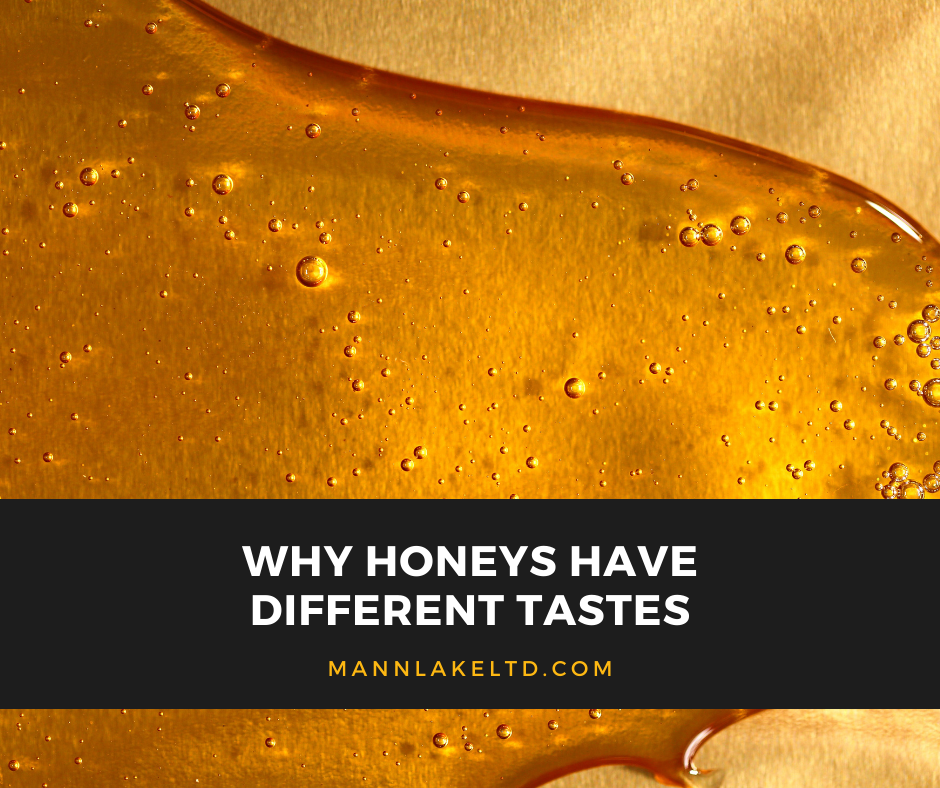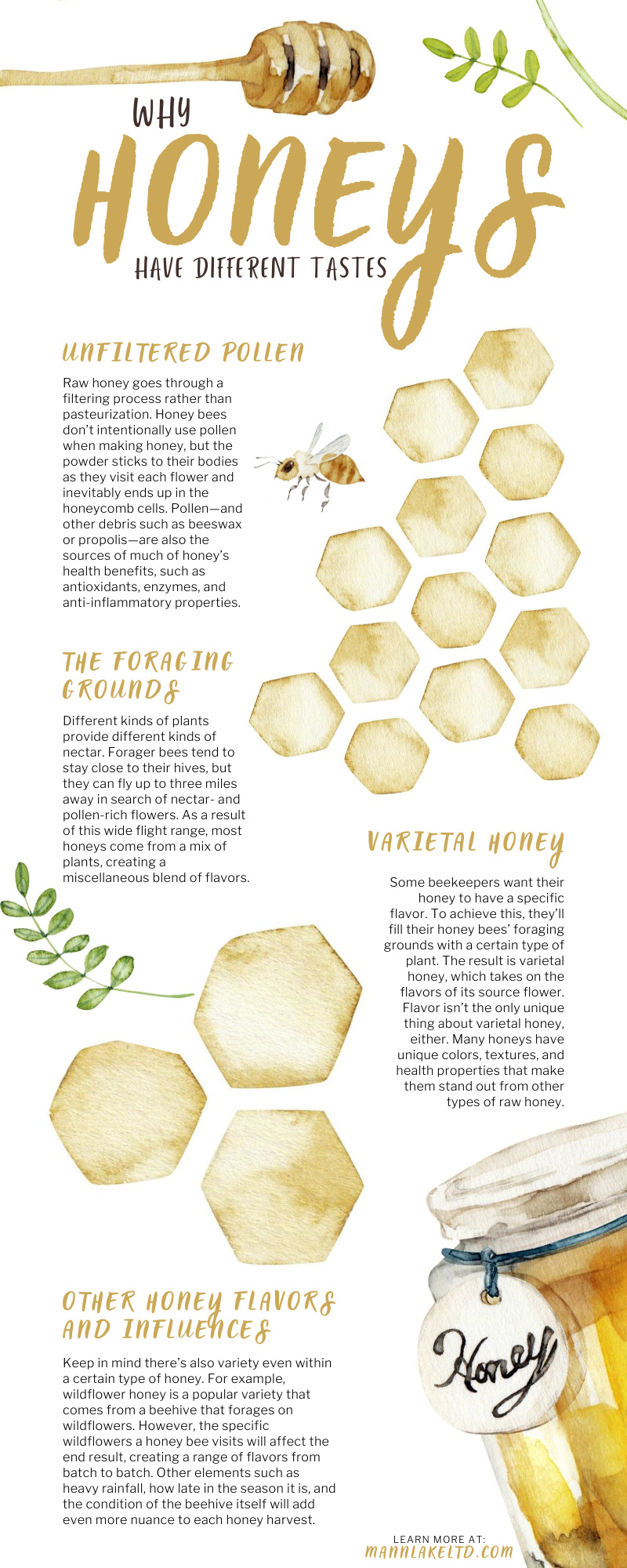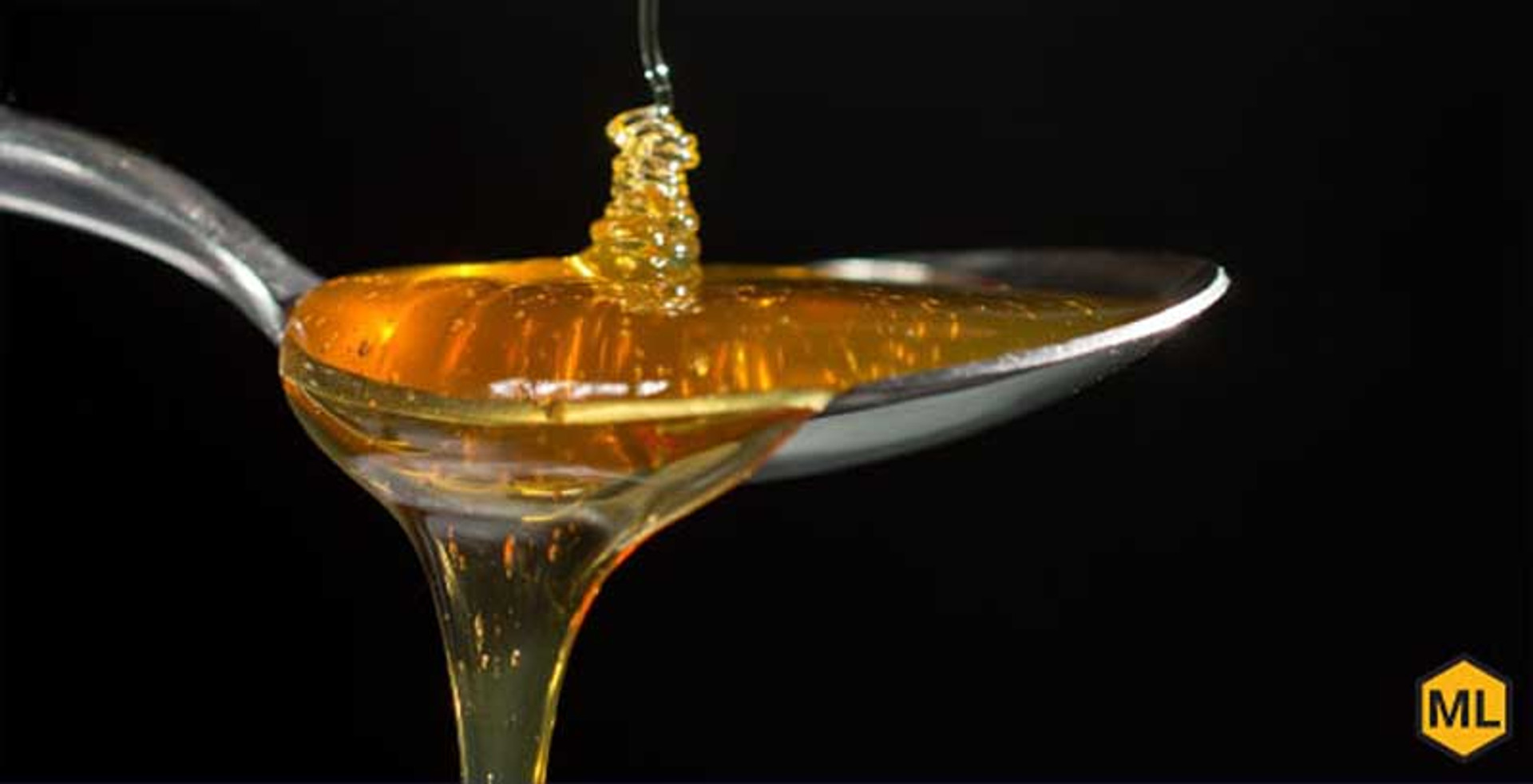Why Honeys Have Different Tastes
What’s all the buzz about honey? For many people, honey is just another sweet product on the grocery store shelf. However, there’s much more to this golden treat than meets the eye.
Beekeepers and other honey bee enthusiasts know every jar of honey is a one-of-a-kind product of the hive that made it. The color and texture vary from batch to batch, depending on the time of year, which flowers the honey bees visited, and other details.
More importantly, these factors also influence the flavor of the end product. If you choose wisely at the grocery store or farmer’s market, you’ll come home with a jar of honey bursting with unique notes and nuances. Learn more about why honeys have different tastes with this guide.

How Honey Is Made
To understand the nuances of different honeys, you need to know how honey bees make their honey in the first place. A lot of hard work goes into every honey bottle—no matter what the end flavor is.
The journey begins with worker bees foraging for nectar and pollen. Honey bees will visit flowers around their hive to collect sweet, sugary nectar. The worker bees then store that nectar in a special honey stomach, where it mixes with enzymes to reduce the water content.
Once back at the hive, more worker bees will start chewing the honey to mix it with more enzymes. This creates a simple syrup that the honey bees then place in a honeycomb cell. Once the syrup is in the cell, the honey bees fan it with their wings to help it dry and thicken.
Finally, a honey bee will cap the cell with beeswax, safely storing it for eating or harvesting later.
As you can see, the honey-making process has a lot of steps. Variables such as where the honey bees forage, what the weather’s like, and the condition of the hive all affect the honey bees and their work. The result is a perfectly unique batch of honey during every harvest.
Raw vs. Regular Honey
One of the biggest effects on honey flavor is the process it goes through after the beekeeper collects it from the hive. The honey you buy straight from a beekeeper differs from most grocery store honeys.
The regular honey you can buy from commercial farms undergoes pasteurization between the hive and the shelf. This is the process of heating the honey to extreme temperatures to destroy microorganisms within, such as yeast or bacteria. Unfortunately, pasteurization also destroys many of the best properties of honey, such as its natural antioxidants and bits of pollen or honeycomb.
Without these elements, much of what made that batch of honey so unique is gone. Raw honey, on the other hand, never undergoes pasteurization. The beekeeper will strain or filter their honey to remove some of the natural debris, but all the unique and beneficial characteristics remain.
Unfiltered Pollen
Now that you understand how your honey got from the hive to your kitchen, let’s get into some of the processes and characteristics that influence the flavor. As we mentioned above, raw honey goes through a filtering process rather than pasteurization.
This filtering removes larger bits of debris that may come from the hive. However, most beekeepers do their best to leave some unfiltered pollen granules and other small hive bits. Honey bees don’t intentionally use pollen when making honey, but the powder sticks to their bodies as they visit each flower and inevitably ends up in the honeycomb cells.
Fortunately, pollen granules and other imperfections are natural and healthy parts of raw honey. In fact, the pollen granules allow honey experts to trace a spoonful of honey back to the type of flower the honey bees visited when making it. Pollen—and other debris such as beeswax or propolis—are also the sources of much of honey’s health benefits, such as antioxidants, enzymes, and anti-inflammatory properties.
The Foraging Grounds
A beehive’s foraging grounds also play a major role in why honeys have different tastes. Different kinds of plants provide different kinds of nectar. What the honey bees bring back to the hive will change the flavor of the end product. Forager bees tend to stay close to their hives, but they can fly up to three miles away in search of nectar- and pollen-rich flowers.
As a result of this wide flight range, most honeys come from a mix of plants, creating a miscellaneous blend of flavors.
Varietal Honey
Some beekeepers want their honey to have a specific flavor. To achieve this, they’ll fill their honey bees’ foraging grounds with a certain type of plant. The result is varietal honey, which takes on the flavors of its source flower. For example, a beehive that sits in the middle of a blueberry field will forage nectar primarily from those blueberry blossoms.
The resulting batch of honey has a slight fruity tang, just like its plant of origin. Beekeepers who strive to collect varietal honey must pay attention to that plants’ specific blooming period. As soon as that flower is past its prime, the beekeeper will harvest and bottle their varietal honey.
Flavor isn’t the only unique thing about varietal honey, either. Many honeys have unique colors, textures, and health properties that make them stand out from other types of raw honey.
Other Honey Flavors And Influences
Keep in mind there’s also variety even within a certain type of honey. For example, wildflower honey is a popular variety that comes from a beehive that forages on wildflowers. However, the specific wildflowers a honey bee visits will affect the end result, creating a range of flavors from batch to batch.
Other elements such as heavy rainfall, how late in the season it is, and the condition of the beehive itself will add even more nuance to each honey harvest.
There are as many different varieties of honey as there are beehives. You can find honey that’s light and sweet, thick and savory, or anywhere in between. Try experimenting with the different types and flavors—you never know what your next favorite honey will be!
Are you interested in starting your own honey business? You can purchase bee kits and other supplies from Mann Lake. Set up your hives and enjoy harvesting your own unique brand of honey at the end of the season.


